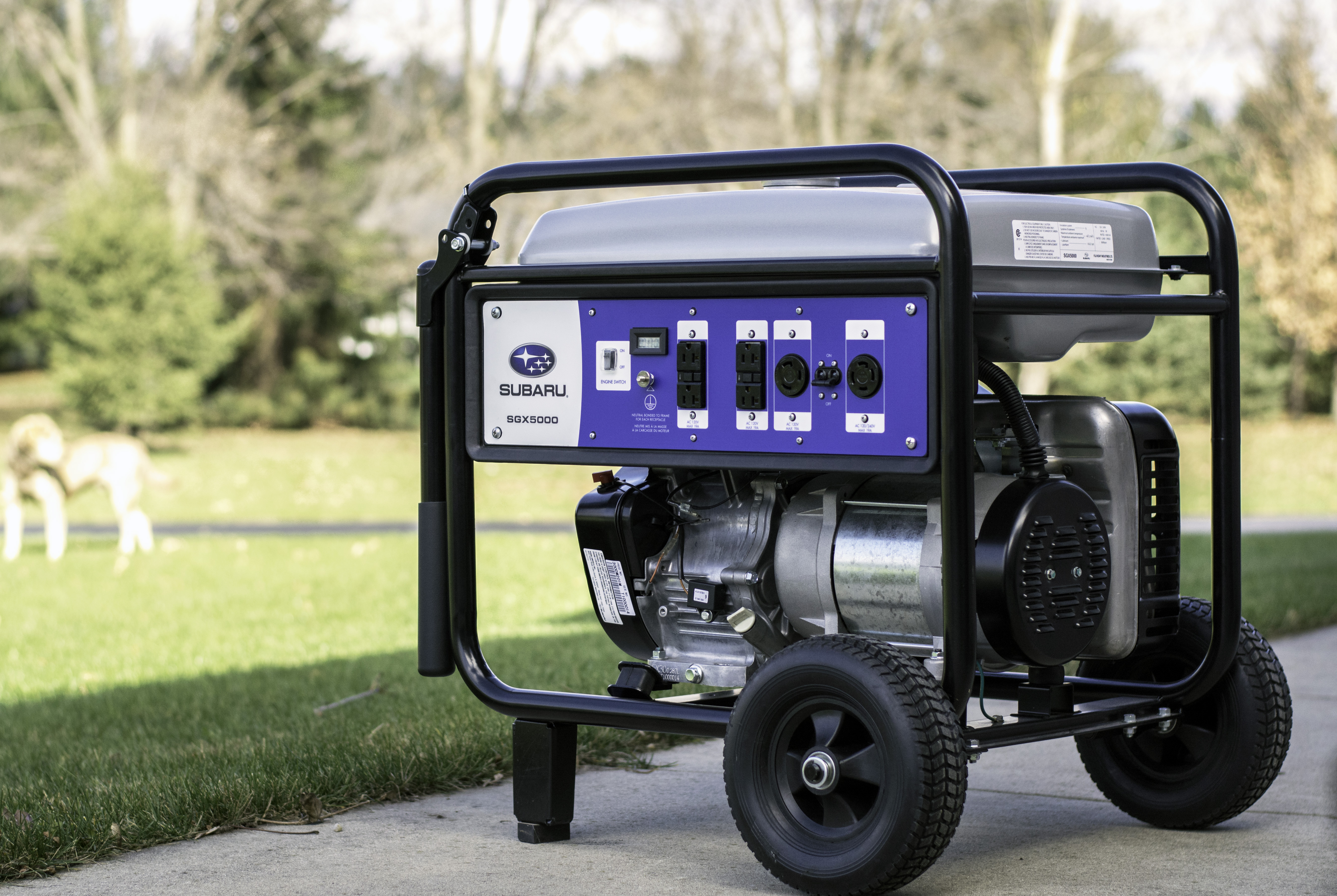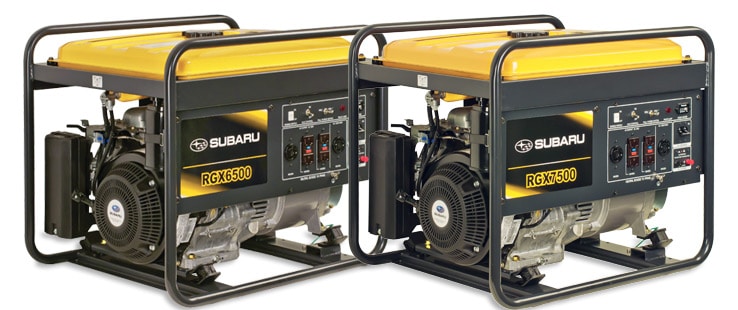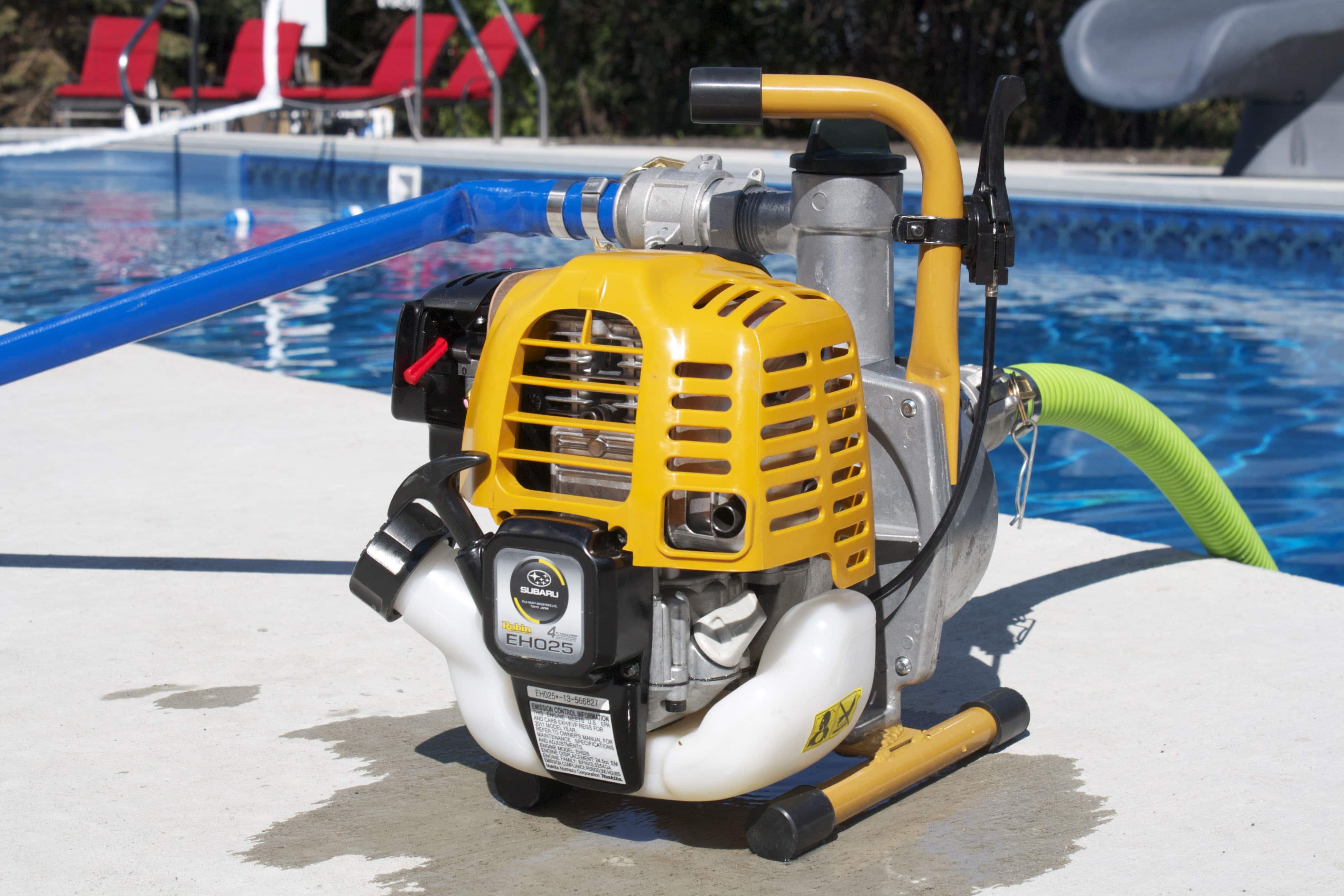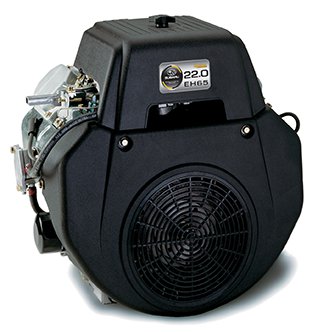It seems we always need the most power when it’s unavailable. That’s why many people keep a portable generator on hand for everyday tasks around the yard or on the job, or when they need emergency power.
But some users are unsure of how to properly operate their generator, or there are those who forgo a purchase to avoid the “hassle” of learning something new. Though most generators are user friendly, it’s a daunting process to many, and that’s OK. We’re here to help. Here are a few tips to start you down the path of portable power.
Before the Purchase:
Before purchasing a portable generator, determine what needs to be powered and how much wattage is required. Be sure to purchase a generator that can handle 10 percent more power than necessary to cover starting wattages and protect against surges.
If you’re having trouble calculating wattage, check out our generator calculator to determine what size generator you need.
Getting Started:
- Before starting the generator for the first time, add fuel and fresh oil. Most units come from the factory with little or no oil. Operating the generator without oil will damage the engine. Consult the owner’s manual for specific fuel and oil instructions.
- Know that a generator always should be placed outside in an open area, preferably 20 feet from buildings and windows, to prevent carbon monoxide poisoning. Additionally, try to keep a 5-foot clearance around the generator at all times — this includes other machines and outdoor materials — to reduce the risk of fire.

Before purchasing a portable generator, determine what needs to be powered and how much wattage is required. Be sure to purchase a generator that can handle 10 percent more power than necessary to cover starting wattages and protect against surges.
If it’s raining, place the generator under a canopy or another covering to avoid damage and injury.
- Set the generator on a level, solid surface during operation. When the generator is running on uneven ground, fuel and oil aren’t fully optimized and the inner workings of the generator could fail.
- Be sure to use a grounded, heavy-duty extension cord that’s meant for outdoor use. Plug a powerstrip in to the extension cord and plug machines into the powerstrip if you need to power multiple items. Just be sure you don’t overload the generator or coil or pinch the cord. And, never use a frayed cord. They can cause fires or other safety risks.
- The location of the “on” switch may vary from generator to generator, but once turned on, generators will have one of two starting options — electric or recoil. Regardless of the starting option, the fuel valve needs to be opened and the choke lever needs to be in the “start” position before powering on.
Electric starters:
- Insert the key switch and turn clockwise to the “start” position to start the engine.
- If the engine fails to start, turn the key back to the “on” position and wait about 10 seconds. Do not run the starting motor for more than 5 seconds continuously.
- If the generator’s engine is already running, do not turn the key to the “start” position or you could damage the starting motor.
- Once the engine is started, let it run for about 30 seconds, then move the choke to the “run” position.
- Let the engine warm up for about 30 seconds before adding a load.
Recoil starters:
- Pull the starter handle slowly past the compression point, and then return the handle to the original position.
- Then pull the handle briskly to start the engine.
- If the engine doesn’t start after several attempts, move the choke to the “run” position and repeat the steps above.
- Never fully pull out the recoil rope.
- Once the engine starts, guide the starter handle back to the original position. Don’t let it go so it slams back into place.
- Don’t worry about adjusting the energy output. All newer models come with AVR, or automatic voltage regulators, unlike the older models some people may remember.
Routine Check-ups:
Routine maintenance is not merely a suggestion. It’s a necessity to keep your generator in top condition. Whether it’s an inverter, commercial or industrial generator, it needs regular care to continue running at maximum capacity without breakdowns.
Run a generator once a month to keep the engine lubricated, recharge the battery and run fresh fuel through the carburetor. If the generator is going to
- sit stagnant for more than two months, fill the tank full and add a fuel stabilizer, or drain the fuel and add fuel conditioner.
- Check the air filter periodically. If the air filter is dusty or covered in debris, clean it. If you notice deterioration, chunks missing in foam filters, or tears in paper filters, replace them immediately.
Foam filters, unless they can be washed, need to be replaced after roughly 100 hours of use and paper filters need to be replaced after 50 hours of use. Dual element, washable air filters will last the life of the engine if cleaned regularly.
- For a step-by-step maintenance checklist, read our preventative maintenance
Connecting a Generator to your Home:
If wiring a generator to your house, consult an electrician to install a power transfer switch that’s in accordance with the National Electrical Code®. You must have a transfer switch for any power connection to a home. Never attempt to get more power by plugging the generator into a wall outlet; it can create a back feed and electrocute utility workers or neighbors using the same utility transformer.
If looking for emergency power during outages, a permanently installed generator is better suited than a portable generator. A portable generator is an OK short-term solution for small wattage loads, but permanent generators eliminate the need for multiple extension cords as well as require fewer refuels if back-up power is needed for an extended period of time.
Powering Down:
Once you’re done using your generator, let it cool before storing. This may seem like a no-brainer, but it’s a crucial step you shouldn’t rush so that there’s no risk of burns or potential fires.
Other Safety Tips:
Keep a couple of other things in mind when operating a generator. First, never use a generator with wet hands. Like all electrical equipment, when there’s water present, there’s a risk for electrocution. Though most portable generators are built with the highest safety features, the threat still lingers, and it’s better to be safe than sorry.
Secondly, if there’s a gasoline or oil spill on or around the generator, wait until the liquid evaporates before starting the generator. When the engine ignites during startup, the flammable liquids could catch fire or cause an explosion.
A generator is a great tool and provides the power you need to keep working once the proper setup and operational procedures have been mastered. What type of




